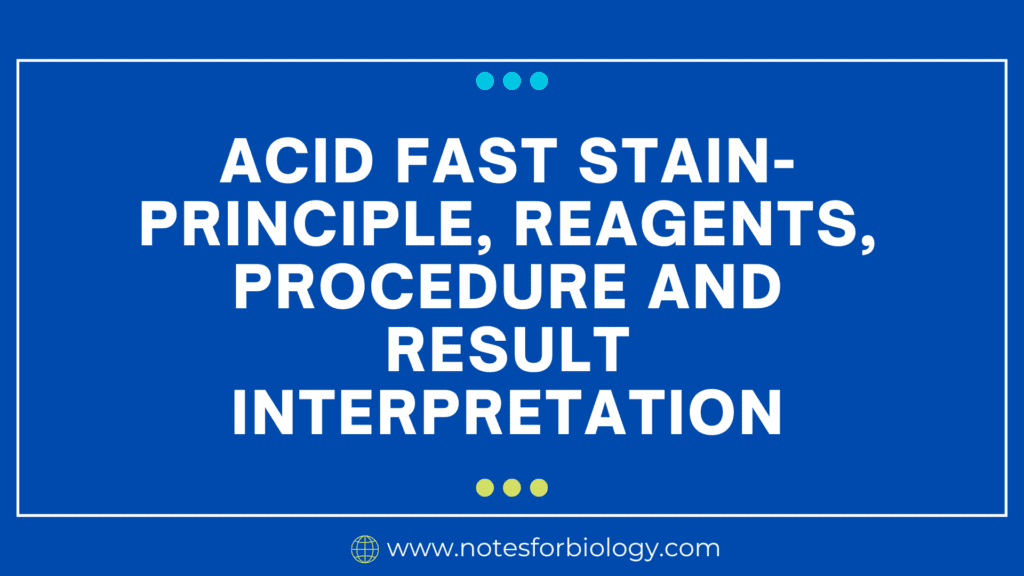Alleles: Definition, Types ,Features, Applications
Alleles are an essential part of genetics that are necessary to understand inheritance patterns and genetic diversity.Both gene variations are unique and share a chromosomal locus (position). An individual inherits one variant of the gene from each parent. The presence of distinct gene variants can result in variations of the same characteristic or different traits. […]
Alleles: Definition, Types ,Features, Applications Read More »










